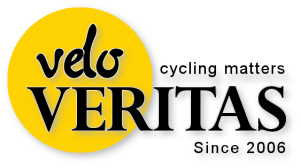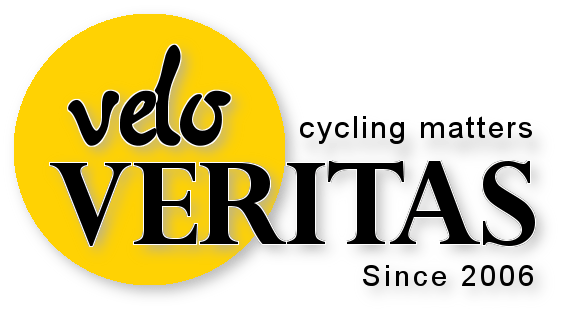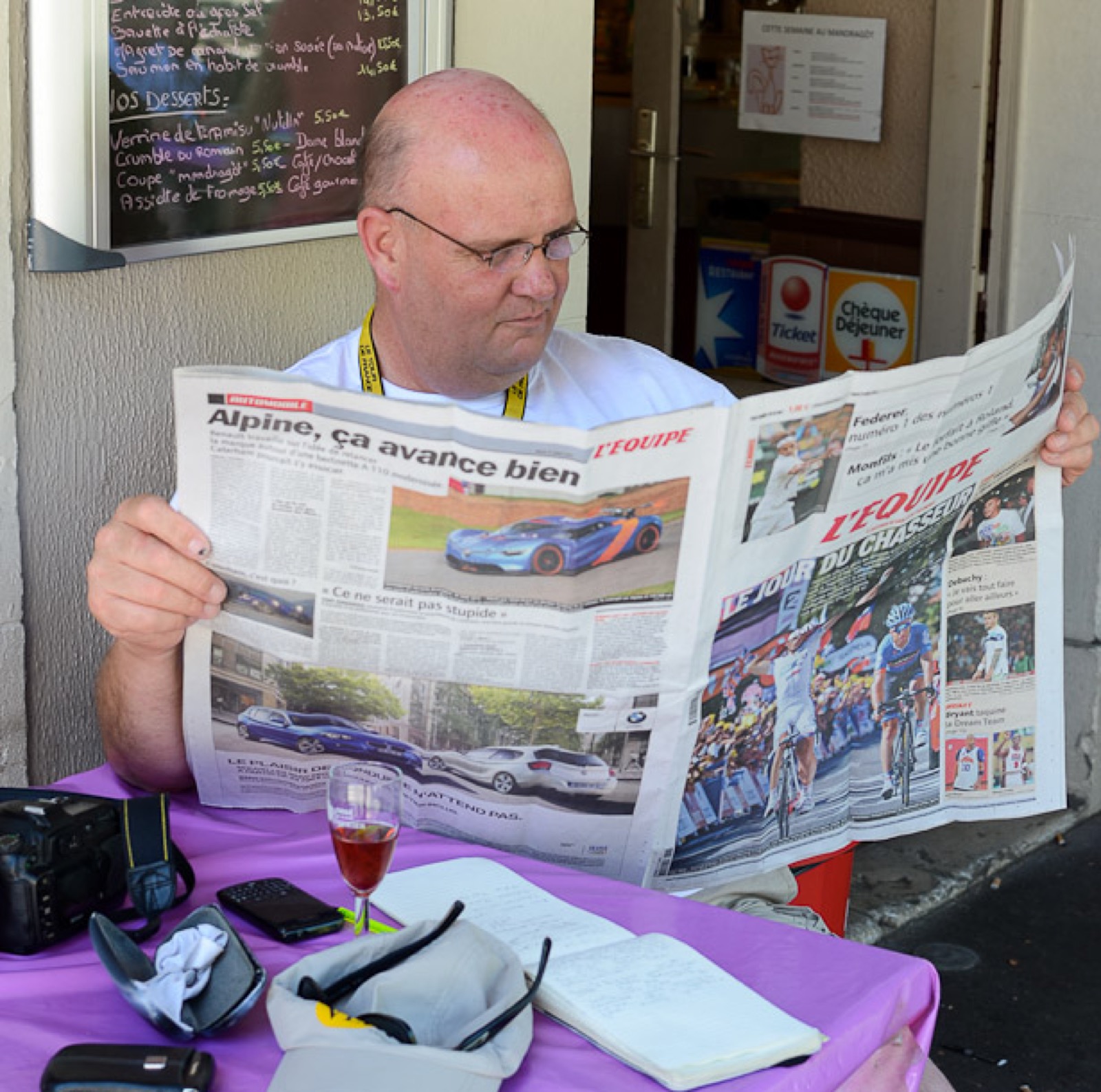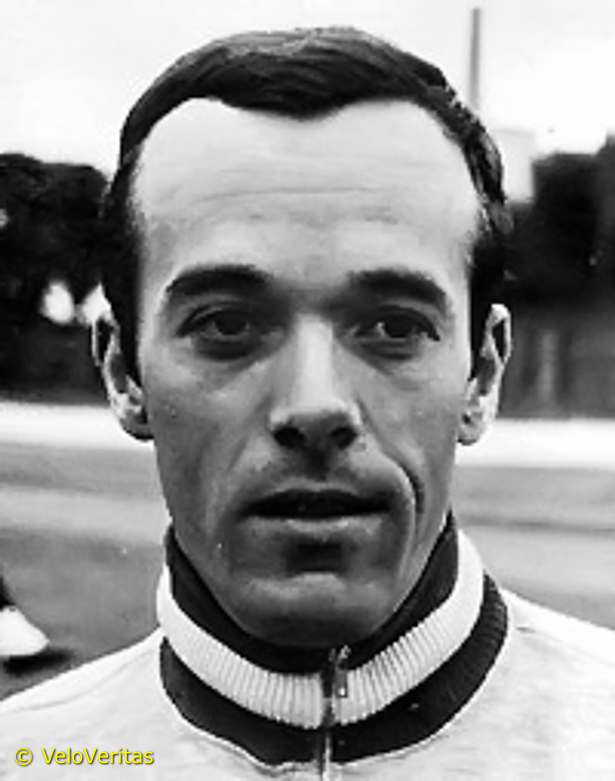
With just about everything on ‘hold’ awaiting le Tour kicking off in Yorkshire, we thought we’d slip back through the decades to a different era. One where the ‘big motors’ were still the thing; Six Days packed them in and pave didn’t just come in two kilometer packages.
You may not have heard of Englishman, Norman Hill – but he has the T-shirt, video and DVD as a ‘stayer,’ Six Day man and kermis rider on the hard roads of Flanders and The Netherlands.
We began Norman’s story in Part One last week, where he spoke about his time racing in the Six Days. In Part Two today Norman describes his time as Manager at the Vancouver Velodrome, what’s been keeping him busy since then, and some interesting ideas for spicing up the World Tour and winter Sixes.
I believe you managed Vancouver Velodrome – how did that come about and what was the job like?
“Following the Los Angeles Six I decided to stay on in North America. My “adieu” to European racing was to ride up to LA X Airport when all the Europeans at the LA Six were leaving along with Jan Derksen the manager.
“Norman I’ve got all these contracts for you to sign on the plane for when we get back” he said. “Too late, see you in Detroit!” I replied. There was a ‘Six’ planned for Detroit and a ‘wish list for more. The ‘other’ races never materialised so I made the Detroit Six partnered with Peter Junek; who is now one of the very few top velodrome designers.
“One track which he designed and built in Mexico is where world track records are being broken. Barry Harvey an ex-Brit living in LA via Canada, introduced me to the Hollywood Wheelmen Cycling Club, I had a six month deal to coach them and became the first professional cycling coach of the modern era in the US. We had a lot of success at all levels from California to the US nationals.
“One of the participants in my training programmes was the top amateur basketball player with UCLA, Bill Walton, he won the Sullivan Award as the top amateur athlete in ’74 for his success on the basketball court and went onto a very successful pro career. I made US Time Magazine with him, my part essentially based on a training sessions at the Encino velodrome with him on one of the custom Falcon bikes I had made by Ernie Clements Falcon Company – he’s 7’ tall.
“The previous summer between the LA and Detroit Six’s we raced in Toronto at the Woodbridge track – now gone – and then across to Vancouver for the reopening of the rebuilt 1954 Vancouver Empire Games track.
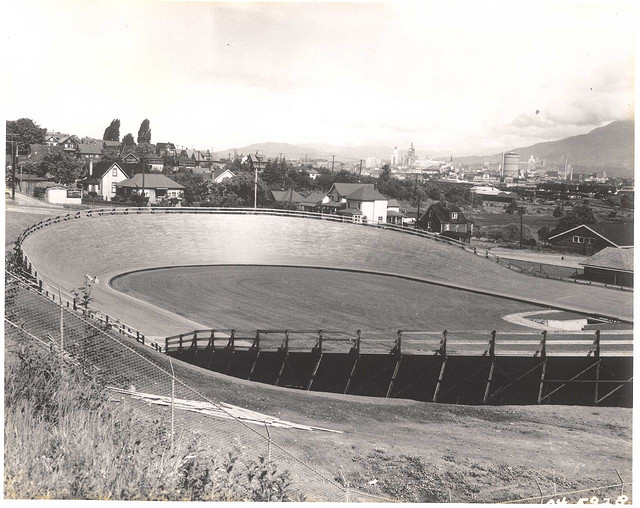
“I got to meet up with Tony Hoar of Tour de France fame, who lives now on Vancouver Island and Lorne ‘Ace’ Atkinson a Canadian rider in the 48 Olympics and ‘50 and ‘54 Empire Games participant (2 x 4th in the 10 mile event).
“They heard of the success I was having in California and offered me the task to run the Vancouver track and coach on a two-year deal. It seemed to be taking forever to get permanent resident status in the US and Canada was easier, so I accepted and ended up in Vancouver.
“In California there were incredibly supportive, if I said to a rider you need to get a new bike, new or, ASP (all spare parts), by hook or by crook, they did it. Even people from other clubs who never saw the methodology and never liked my way of coaching, they still came up and congratulated us on the repeated success.
“In Canada, it was a whole different game.
“It was much tougher to motivate the riders coupled with – which was most negative and never helped – that cycling association management did as much as they could to undermine the processes I put in place, be it training/methodology or even the races I put on a the track. Our riders of “C-Track” as they were called rode terrifically well in a “Mini-6” (3-day event) we put on.
“We even challenged at short notice the Canadian National Team pursuit team prior to the Montreal Olympics and only lost out in the last couple of laps when the “C-Trac” team lost their fourth man.
“On one occasion when I went down to see the US nationals being held in Seattle a young rider from Chicago approached me to give him a hand. He took the time immediately following the championships to travel back up to Vancouver with his parents before heading home to the Midwest by road. He was serious, that’s for sure.
“No fax machines, no email just via letter and phone for around a year I gave him advice. His goal was to perform well in the Worlds Junior Sprint championships. He came fifth, that got him onto the US national team. A few years later he won the 84 Olympic individual sprint gold – Mark Gorski.
“I still have contact with a number of the riders from both the US and Canadian coaching programs I ran; it’s good to see how they all progressed through life.”
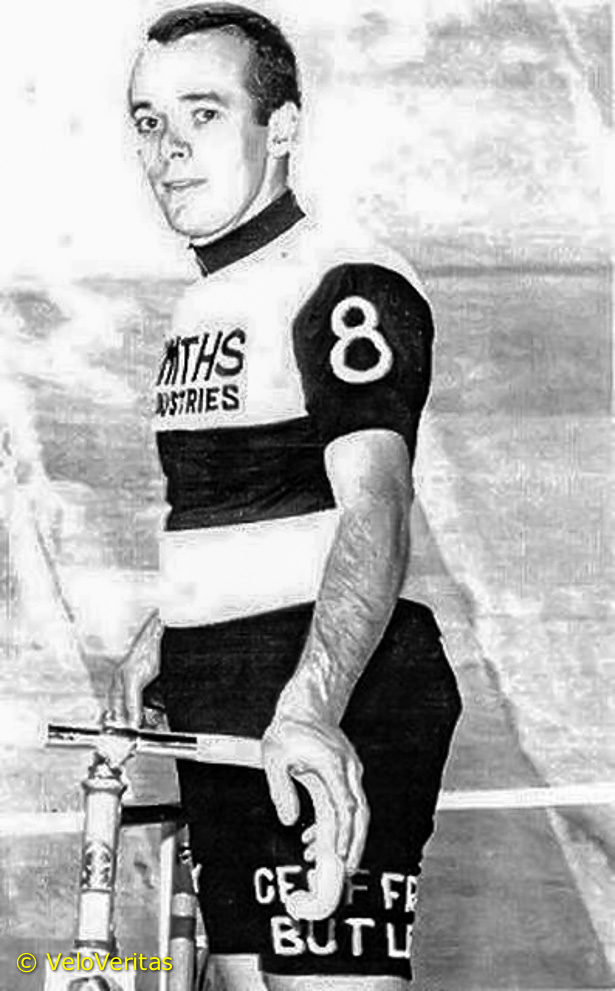
What do you do now?
“Lots of things. I worked at the Schindler Elevator head office in their engineering drawing offices in Ebikon Luzern ’62 to ‘64.
“I had picked up enough German in the first year working as a tool and die maker and looked for a new challenge. I spent two and a half years with them and when I left I never imagined I would ever end up back in the elevator (lift) industry.
“Following the coaching period, I had a bike shop in Vancouver for several years and when the economy hit the skids in the early 80’s I got out of it. I thought a good steady number is the way to go without the hassle of my own business.
“I stayed in the elevator/lift industry since. I work in all aspect of sales, new construction, modernization, maintenance agreements, service & repair with Dover Elevator.
“ThyssenKrupp purchased Dover in the later 90’s and then onto management with OTIS.
“In leaving OTIS I felt it was too early to retire so; I started my own elevator-consulting firm, which has been operating now for ten years.”
Do you still keep abreast of the sport – what are your thoughts on what it’s like, now?
“Yes, I check in with Cyclingnews, Cycling Weekly, British Cycling, etc.
“Plus I chat with two ex Brits, Jim Moore and Tony Whitney on the current cycling scene, mainly what is happening in Europe, T de F, Giro, Worlds, Classics etc.
“I still have contact with Dieter Kemper, Marvin Smart – the king of the velodrome advertising who I first met at the 67 London Skol 6; John Purser who worked on the 6’s for several years; the US riders Tim Mountford, Jack Simes, John Vandevelde, Piet van der Lans, Barry Langley in Australia – an old pal of Dieter – and my nephew Malcolm in England amongst others, keeps me abreast of all the latest news.
“Chatting on occasions with Marguerite Gayfer (widow of ex-Cycling Weekly editor, Alan and mother of the late Alaric – a very talented track and time trial rider in the 70’s, ed.) about the current British guys and girls and how well they perform, all of them just fantastic, remarkable and good luck to all of them on the road and track with their success.
“Marguerite lives in Victoria on Vancouver Island not too far from Tony Hoar.”
What do I think of cycling now?
“Different – more money, races are shorter; I think it would have suited me a lot more, and I am sure other riders of my generation would think the same.
“The roads must be a million times smoother, certainly in Europe.
“In the 60’s a 180 km kermis in Belgium and 100 km of “real pave”…riders now complaining of two km stretches of pave! Umm!
“There seems to me to be far more crashes than my time, broken this and broken that, riders forever falling off. I think the bikes have a lot to do with that, much lighter, smaller section tires, pumping them up so hard because of the smaller section and what seems never to be mentioned in any technical data is the wheelbase.
“It looks that the bikes now are “track bikes” on the road. No wonder they are always hitting the deck – too short a wheelbase!
What changes could be brought?
“They should introduce “World Tour Points” into the Six Days. That would pretty well mandate each World Tour Team to employ a couple of good track riders, a good example being Keisse and Terpstra with Omega Pharma Quick-Step.
“I am sure Terpstra will ride the Rotterdam Six again early in 2015 and you can be rest assured it will be packed with spectators every day with him having won Paris-Roubaix this year, not unlike Peter Post.
“With World Tour Points on the line in winter Six Day races and top riders participating – even if World Tour teams don’t have their top riders each time (those good on the track) Sky has plenty! – it would bring back the popularity of winter Sixes again.
“It was so before in the Van Steenbergen/Van Looy/Post/Altig era, they rode winter and summer, most riders do now except it’s all on the road – training in the winter.
“It would probably make them better riders and fewer crashes.”
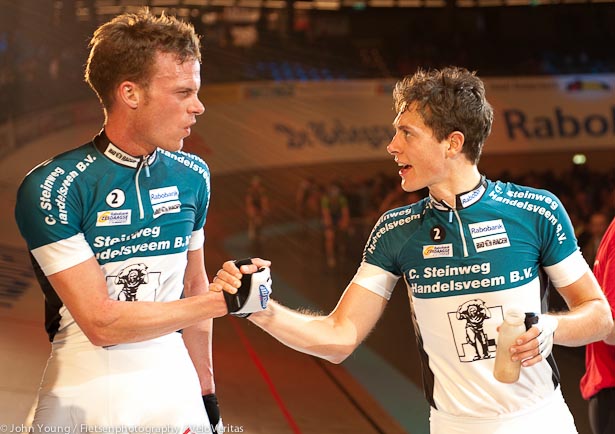
If you had your time over?
“Can’t go back!
“I had a great time.
“I did my thing; I was never under the gun to do anything other than what I wanted to do.
“I lived the life and my biggest prize is the Podium Miss from the Groningen Six some 40 plus years later and still going strong!”
They don’t make them like Mr. Hill anymore – with thanks to John Purser for connecting us with Norman.
Check out Part One of Norman’s interview.
